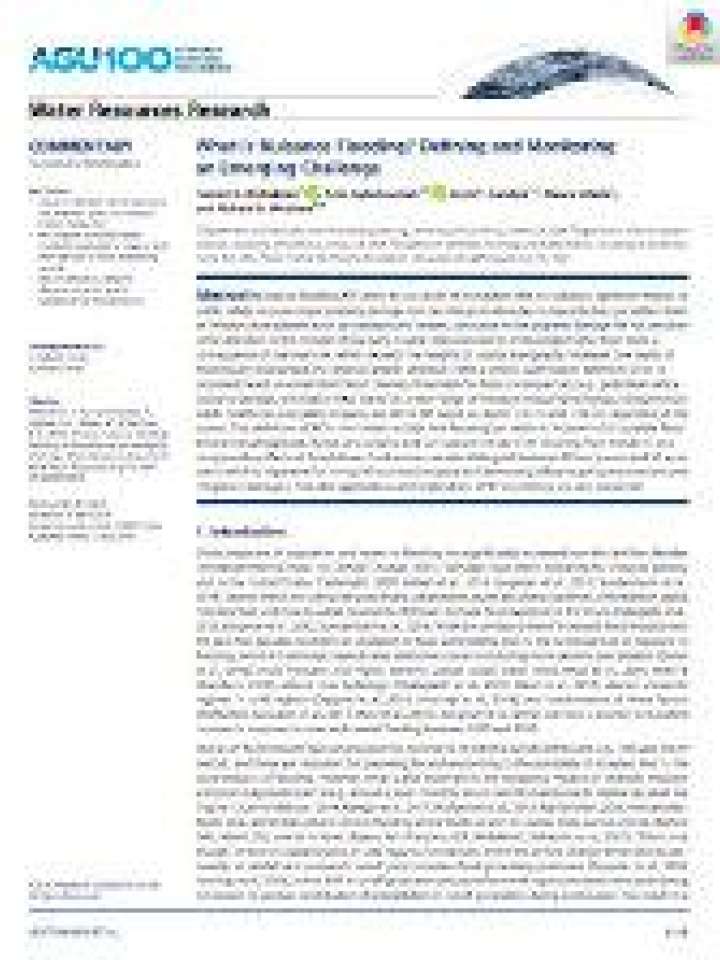What is nuisance flooding? Defining and monitoring an emerging challenge
Nuisance flooding (NF) refers to low levels of inundation that do not pose significant threats to public safety or cause major property damage, but can disrupt routine day-to-day activities, put added strain on infrastructure systems such as roadways and sewers, and cause minor property damage. NF has received some attention in the context of low-lying coastal cities exposed to increasingly higher high tides, a consequence of sea level rise, which exceeds the heights of coastal topography. However, low levels of flooding are widespread and deserve greater attention.
Here a simple, quantitative definition of NF is proposed based on established flood intensity thresholds for flood consequences (e.g., pedestrian safety, property damage, and health risks). Based on a wide range of literature including hydrology, transportation, public health risk, and safety impacts, we define NF based on depth >3 cm and <10 cm, regardless of the source. This definition of NF is not limited to high tide flooding but rather is inclusive of all possible flood drivers including pluvial, fluvial, and oceanic and can capture trends in NF resulting from trends in, and compounding effects of, flood drivers. Furthermore, we also distinguish between NF as a process and NF as an event, which is important for linking NF to societal impacts and developing effective policy interventions and mitigation strategies. Potential applications and implications of NF monitoring are also presented.
Explore further
